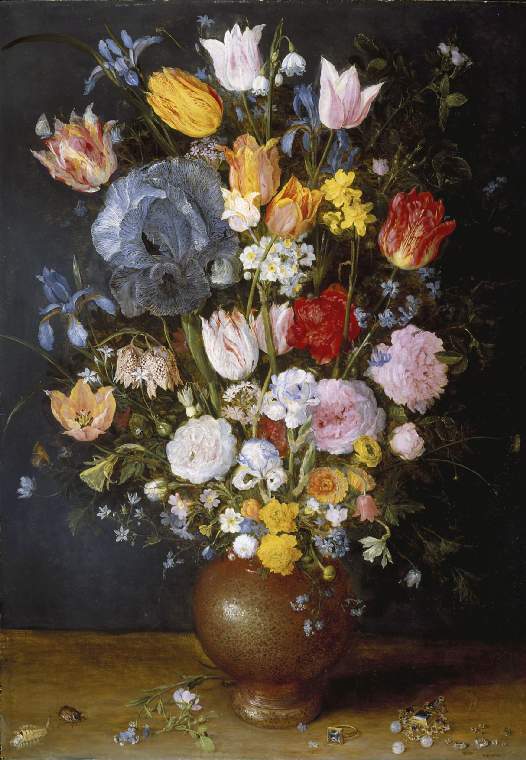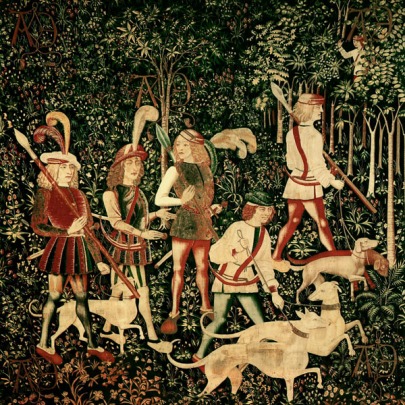
Lion images from Medieval bestiary art
Illustrations for medieval manuscripts or books were most often completed on parchment or animal skin. A scribe would ink in text; leaving room in the margins for the illuminator to decorate the text. The illuminations would first be drawn out using charcoal, or etched into the parchment with a metal point before being finalised with ink; made from charcoal or boiled oak galls mixed with gum. Gold leaf would then be applied to selected areas; stuck down onto a gesso base which made the gold look solid. The leftover leaf would then be burnished using a tool made from a stone or a dog's tooth. Patterns and textures could then be punctured into the raised surface. Colour would then be applied from light to dark. The paint would be made using natural, mineral and animal pigment mixed with egg white. The artist would then finely outline separate forms and draw in finer details using black ink.
I have completed a transcription from an illustration in a 13th-century bestiary. Though I was not able to match the same materials as the original artwork; I have strived to reproduce the textures and colour as exactly as I can. I followed the same process that the original artist probably would have have
followed- first sketching out he image, applying the gold left (liquid metal paint in my case) before applying the colour from light to dark and finishing by going over the outlines and details finely in black ink.
This careful, flat, methodical way of working with a clear intention of how to final piece should look is a new way of working for me. Medieval style art is characterised by its flat colour, lack of perspective or shadow, elaborate borders or decoration and no attempt at depicting figures or scenes realistically.
This careful, flat, methodical way of working with a clear intention of how to final piece should look is a new way of working for me. Medieval style art is characterised by its flat colour, lack of perspective or shadow, elaborate borders or decoration and no attempt at depicting figures or scenes realistically.











